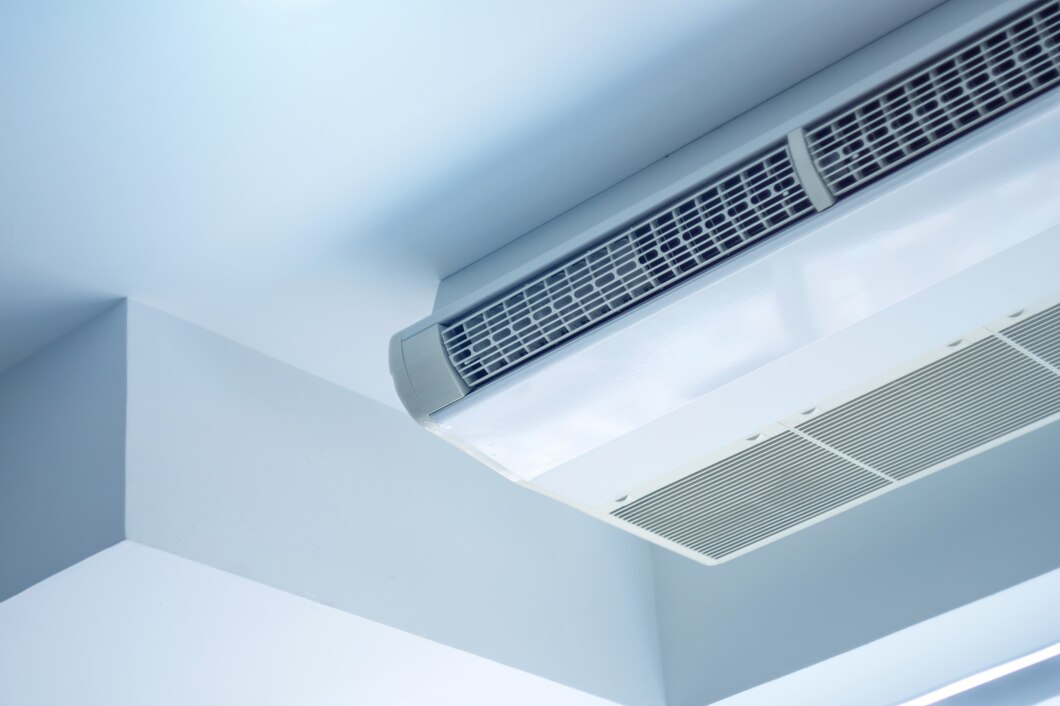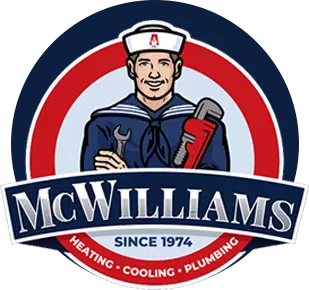Blog
Introduction
When your home’s HVAC system breathes its last breath during a hot summer in East Texas, you’ll want it replaced as soon as possible. However, don’t be tempted to rush it before taking into consideration these points. A trained HVAC technician will follow these six steps when installing a new HVAC system.
Assess Your Needs
In addition to air conditioning and heating systems, your HVAC supplier also sells products like humidifiers, ventilators, and home automation systems. Your HVAC technician should take the climate, your home and family needs into account. Summers in Lufkin and Nacogdoches can be humid. They may suggest adding a dehumidifier to help reduce moisture in the air. They should also ask if anyone in your family suffers from allergies or asthma and recommend ways to improve air quality.
Correctly Size Your New System
A crucial step when installing a new HVAC system is determining the right size unit for the property. Bigger isn’t always better. An oversized unit will lower the efficiency of the system, lead to premature wear and tear, and shorten its lifespan. Your HVAC technician should conduct a load calculation to determine the correct size unit for your home. Don’t be afraid to question the technicians about this step. If they install a wrongly sized system, you’ll suffer the discomfort of inconsistent temperatures, inadequate removal of moisture, and higher energy bills.
Offer Energy-Efficient Products
Your HVAC technician should take the initiative to discuss energy-efficient equipment. Considering that HVAC systems last between 15 to 20 years, fitting energy-efficient equipment will help save you money in the long run. Ask your technician about the SEER (Seasonal Energy Efficiency Ratio) rating of an air conditioning unit. The higher the SEER rating, the more energy efficient it is. If you’re installing a heat pump, look at the HSPF (Heating Seasonal Performance Factor). A heat pump should have a minimum HSPF rating of 8.2 to be considered energy efficient.
At McWilliams Heating, Cooling and Plumbing, we also conduct an energy audit to identify problems like drafty windows or poor attic insulation. We’ll give you recommendations on where you can make improvements to help increase your home’s energy efficiency.
Examine The Ductwork
Another important step is checking the ductwork. If there is any damage to the ductwork, the technician should first repair the damage and seal the ductwork. If debris or dust build-up is blocking airflow, the technician should clean the ducts. Even if you purchase the most expensive HVAC unit, your money is wasted if the air is leaking from the ducts, as it reduces the system’s efficiency. Tightly sealed ducts, as well as proper home insulation, greatly improve the performance of an HVAC system and will cut your energy costs.
Check Refrigerant Lines
Your HVAC technician should examine your refrigerant lines to see if there are leaks. If the refrigerant lines are in poor condition, the technician should recommend installing new lines. When doing the installation, the technician should make sure they fit the correct length of piping, braze or solder the pipes, and perform a refrigerant leak test to make sure that no coolant is leaking from the soldered joints.
Ensure That The HVAC System Is Running Smoothly
Once the system is installed, the technician should do final checks. With the brand-new HVAC system running, the technician should listen for any unusual noises, make sure the thermostat is working properly, and check that airflow and temperature are consistent in every room. The technician should also run through some basic maintenance tasks that you can handle and advise you to schedule seasonal and annual professional maintenance.
An incorrectly installed HVAC system can reduce performance by as much as 30 percent. Texas summers can be brutal. You need to be confident that your HVAC system will be running at an optimum level to keep comfortable. At McWilliams Heating, Cooling and Plumbing, our HVAC technicians are trained to install new HVAC systems correctly. Call us at (877) 936-1974 to discuss your HVAC needs.
Share This :
Emily
Table of Contents
Discover New Blog Posts
A well-functioning air conditioning (AC) system is essential for maintaining home comfort, especially during the warm months in places like Splendora. When your AC unit […]
The summer heat is right around the corner, and with it comes increased use of air conditioning systems in Shepherd. A well-maintained AC condenser unit […]
Air conditioning systems have become an essential part of modern living, providing much-needed comfort during the warm months. In Cleveland, where temperatures can rise significantly, […]







 7
7 
